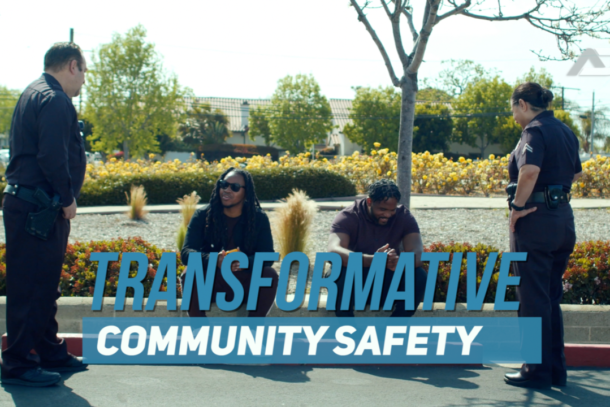Abid Jan
The success of transformative community safety hinges on a strong partnership between the community and the police. This means breaking down the silos between police and social services and working collaboratively with key stakeholders, social service providers, and residents across the various levels of intervention. The goal is to identify root causes and risk factors and tackle them through the lens of improving social determinants of health.
But how can this be realistically achieved?
Referring to the Community Safety and Well-being (CSWB) web is crucial for tangible success. This web comprises community-based social service organizations, publicly funded agencies, and municipal entities. Achieving transformative community safety is impossible without a functional and interactive network of these actors.
When community contributions and social service supports falter on the outer edges of this web, social disorder escalates, leading to increased police callouts. Within this web, police find collaborative partners to address community challenges, focusing on social determinants of health to reshape life in priority neighbourhoods.
The shift from the Ontario Mobilization and Engagement Model (OMEM) to the CSWB model requires police services to adopt this approach to work hand in hand with community partners. To facilitate shared responsibility, the province of Ontario went one step further and mandated all municipalities to develop their respective CSWB plans, ensuring that crucial safety aspects and associated risk factors are not overlooked.
This requires serious collaboration between police, local social service partners, and municipalities to identify and address risk factors jointly. This collaboration ultimately reduces calls for service and enhances community well-being without compromising law enforcement.
Local police contribute to the municipal CSWB plan through data analysis, trend and risk identification, systematic engagement, place-based resource deployment, and operationalizing the municipal CSWB plans.
Internally, police services need to develop a common understanding of policing in the 21st Century and a service-wide application of the CSWB lens to gradually shift from an incident-driven emergency response to a risk-driven approach that anticipates potential harms and works to mitigate them.


Police services don’t need to reinvent the wheel. They need to view their work through the CSWB lens, prioritize actions within each level of intervention, integrate key areas of their work, and present this to the community to demonstrate that their contribution extends far beyond crisis response.
Police services must play an active role in supporting local partners in risk identification and mitigation, as well as in crime prevention and social development. The police department’s CSWB Framework should assist their community partners in:
– Identifying the root causes of calls for service.
– Connecting people with support and resources to address underlying needs.
– Providing the ‘right response at the right time.’
– Being more proactive and less reactive.
– Balancing enforcement and support in collaboration with community partners.
In the end, the true success of transformative community safety lies not just in how well police respond to crises, but in how effectively we prevent them—together.
